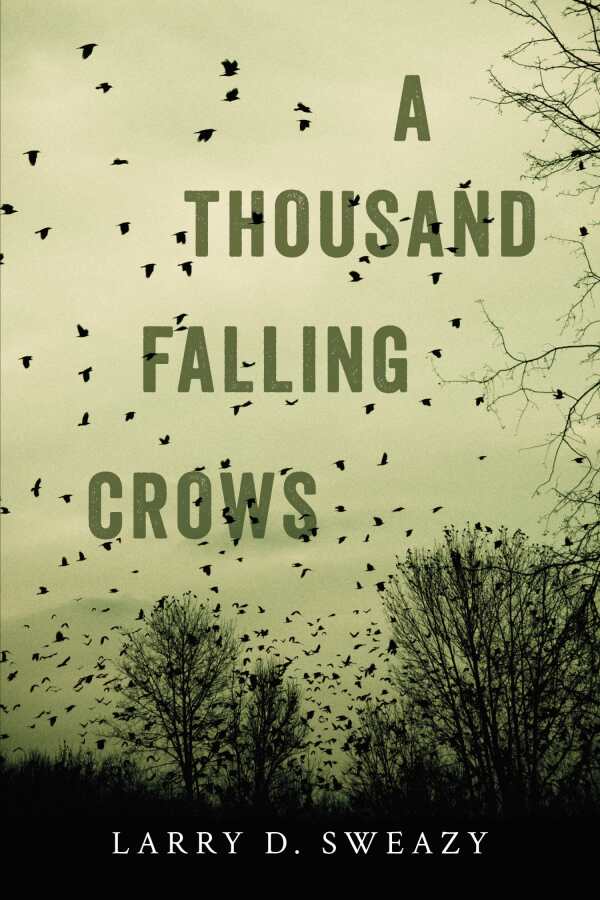A Thousand Falling Crows
An exquisitely drawn Texas landscape and a former lawman become a means for exploring topics of change and consequence in this historical novel.
A former Texas Ranger struggling to adapt to new life circumstances, desperado brothers on the run, and the discovery of the bodies of three unknown girls in the hard, dry fields of a small panhandle town combine in one compelling story in Larry Sweazy’s masterful Depression-era novel A Thousand Falling Crows.
Sonny Burton is slowly coming to grips with the loss of his right arm after a shoot-out with the infamous Bonnie and Clyde. His injury has forced early retirement from the only career he’s known for forty years. Sonny, a widower, is a sensible and very likable central figure to the events unfolding in and around his hometown, which has been hit hard by both the hot, unyielding weather and a hardscrabble economy.
Events occur during the fourteen-month period from June 1933 to August 1934. The author seamlessly weaves authentic history into the mix, making the characters seem that much more alive. Sweazy exquisitely captures Sonny’s essence and struggles: “Things had changed since the end of Prohibition. People liked to gather in saloons and taverns, but Sonny never had. What went on in those places held no sugar for him.”
Other well-drawn characters include Eddie and Tió Renaldo, twin brothers who are learning to play fast and loose with the law; Carmen Hernandez, the sixteen-year-old daughter of Sonny’s hospital acquaintance, Aldo, who has disappeared from her home; and Jesse, Sonny’s only child, a headstrong young man following in his father’s footsteps and now back in the area as a Ranger looking into the deaths of the unidentified young women.
Sweazy’s text is an absolute treat for the senses: sentences like “Clouds were as rare as a fat jackrabbit. The air was as still as the inside of a kettle” and “She was tall, blonde and spooned into her white uniform” soar.
This book, while partly a mystery, mainly concerns itself with day-to-day living and survival. It’s also about the choices one makes and the results of those decisions, whether one is sixteen or sixty-two.
The character of Sonny Burton will resonate with readers. His everyman struggles with change, loneliness, and relationships are appealing across both gender and generational lines.
Reviewed by
Robin Farrell Edmunds
Disclosure: This article is not an endorsement, but a review. The publisher of this book provided free copies of the book to have their book reviewed by a professional reviewer. No fee was paid by the publisher for this review. Foreword Reviews only recommends books that we love. Foreword Magazine, Inc. is disclosing this in accordance with the Federal Trade Commission’s 16 CFR, Part 255.

